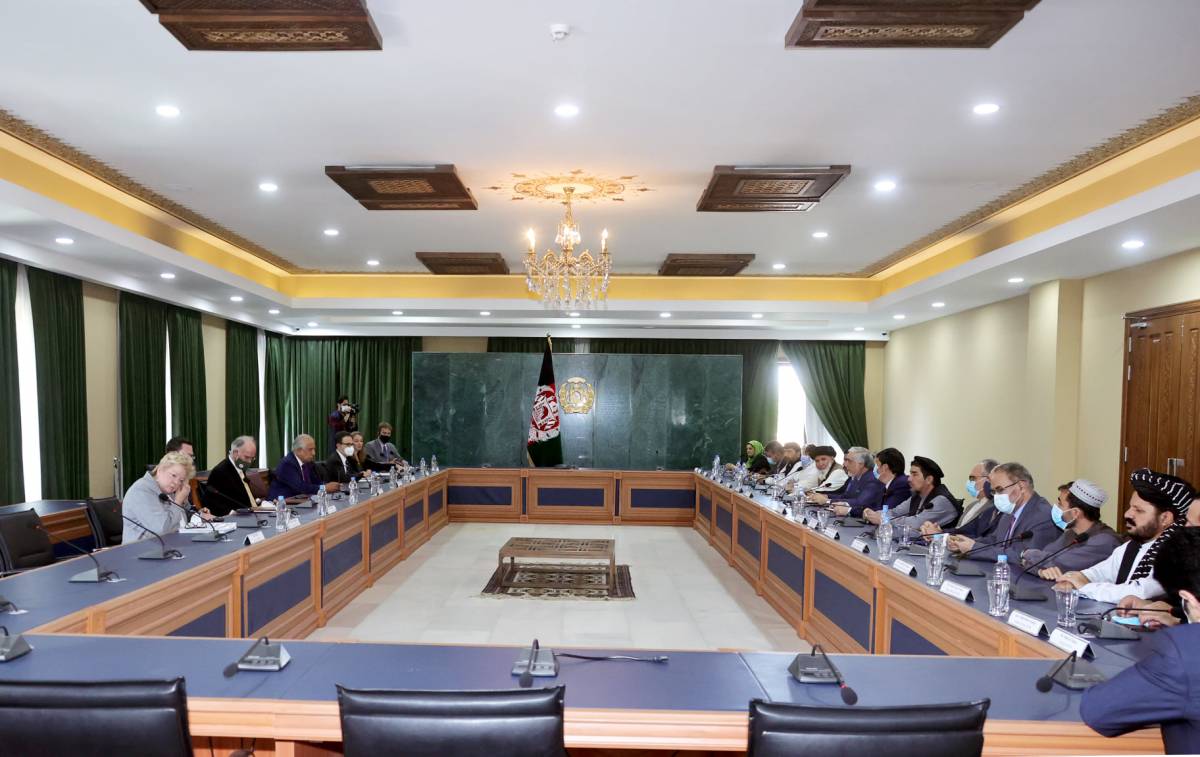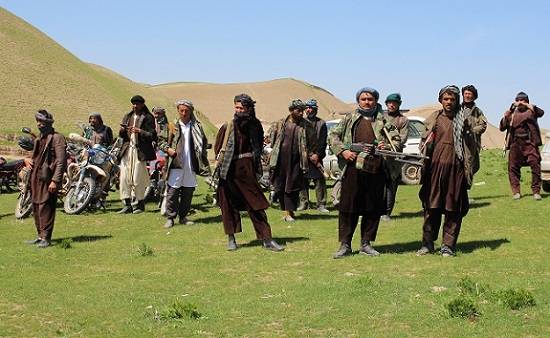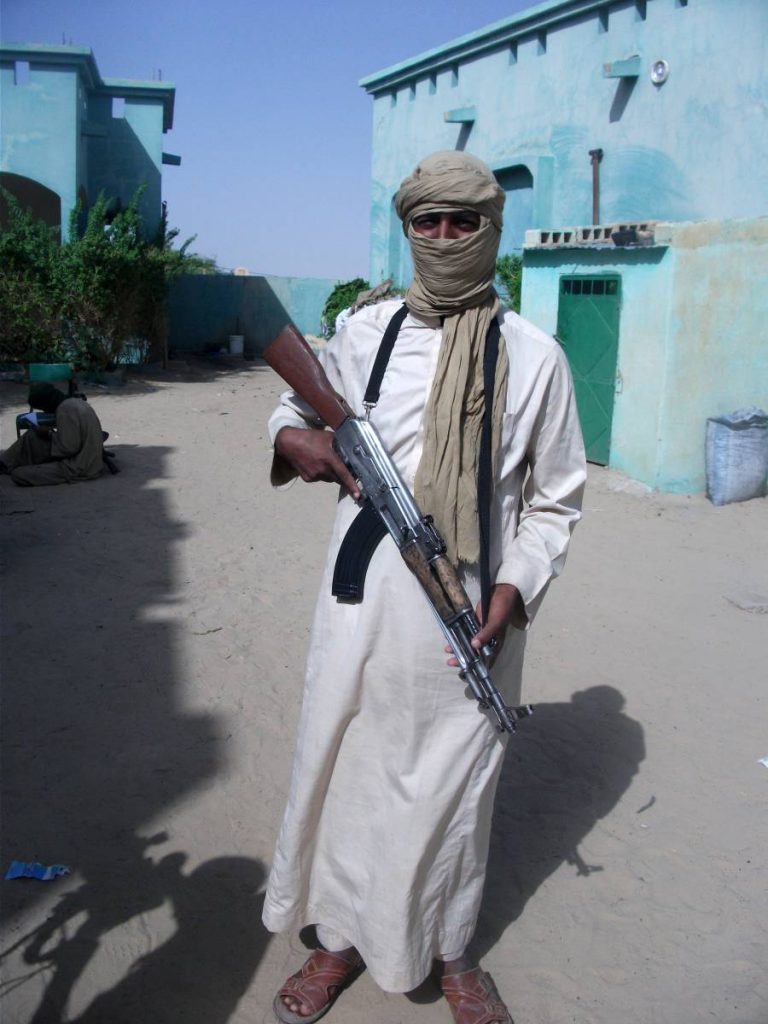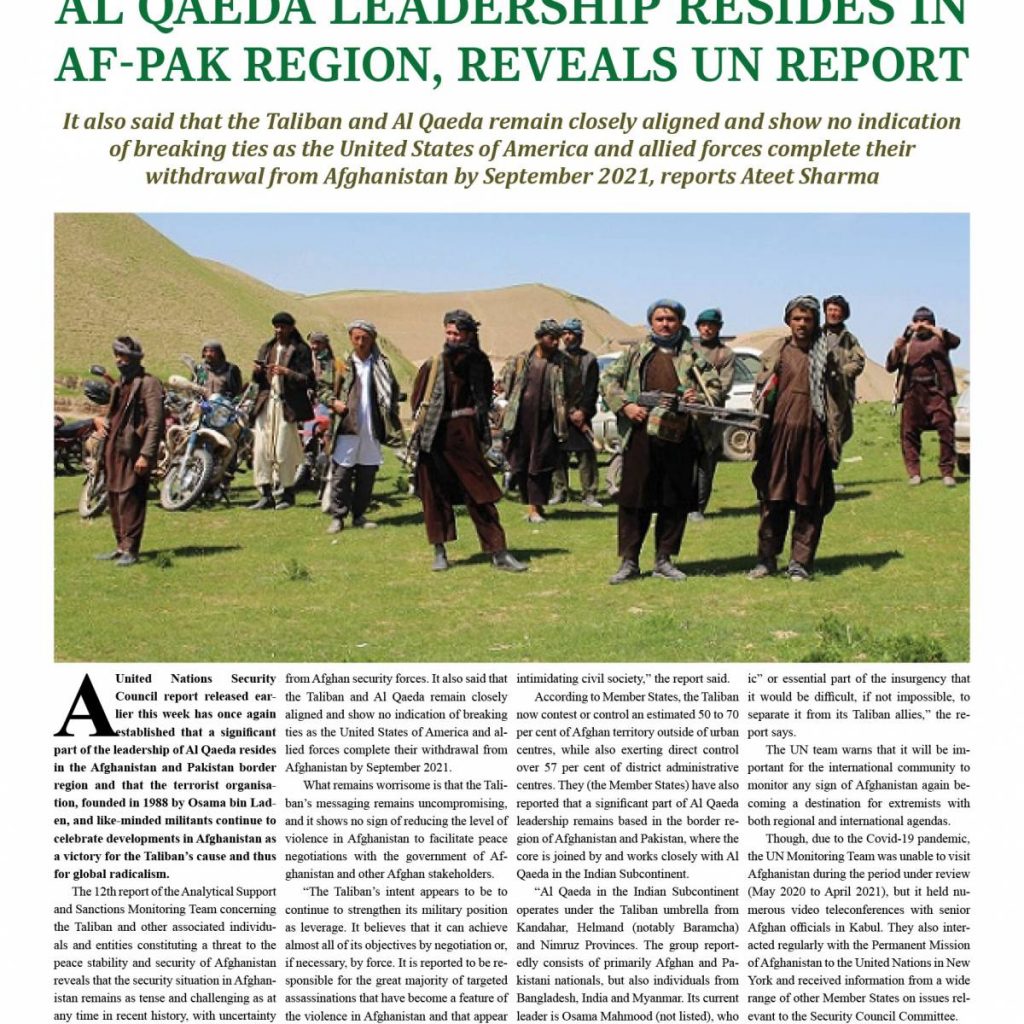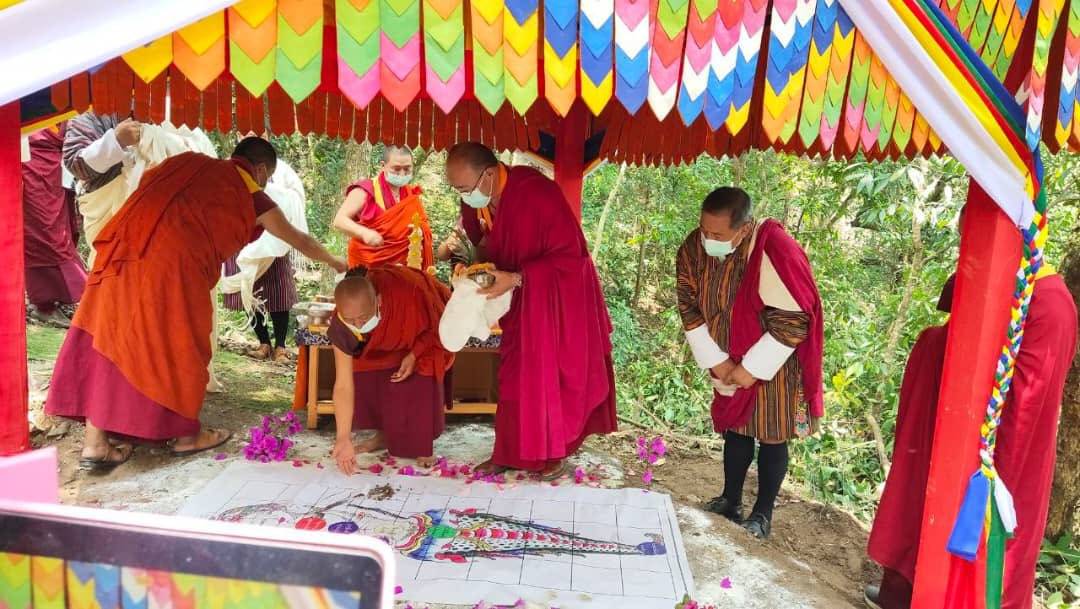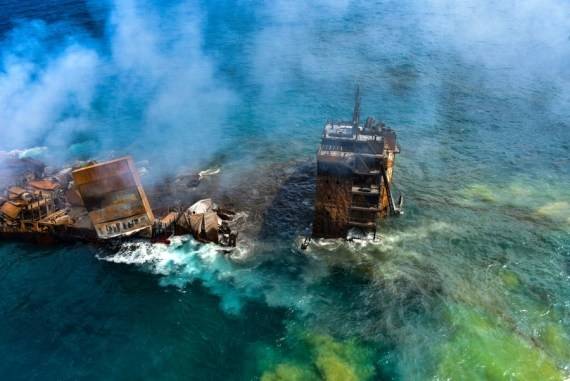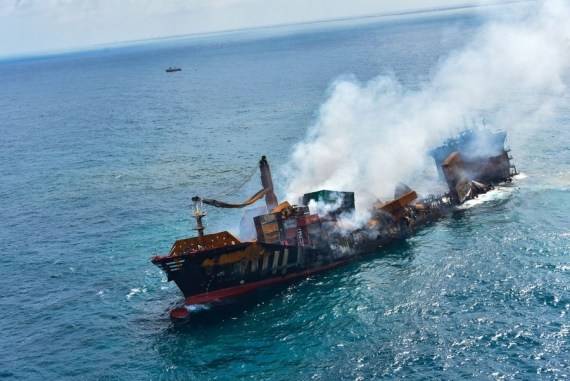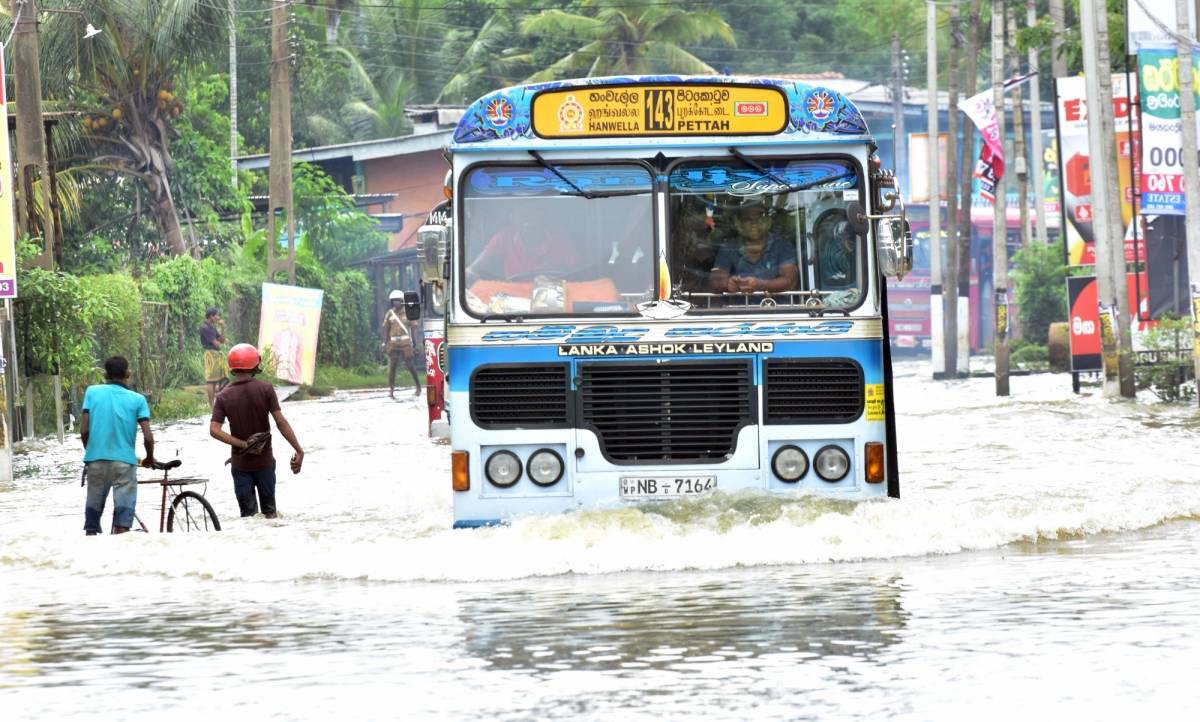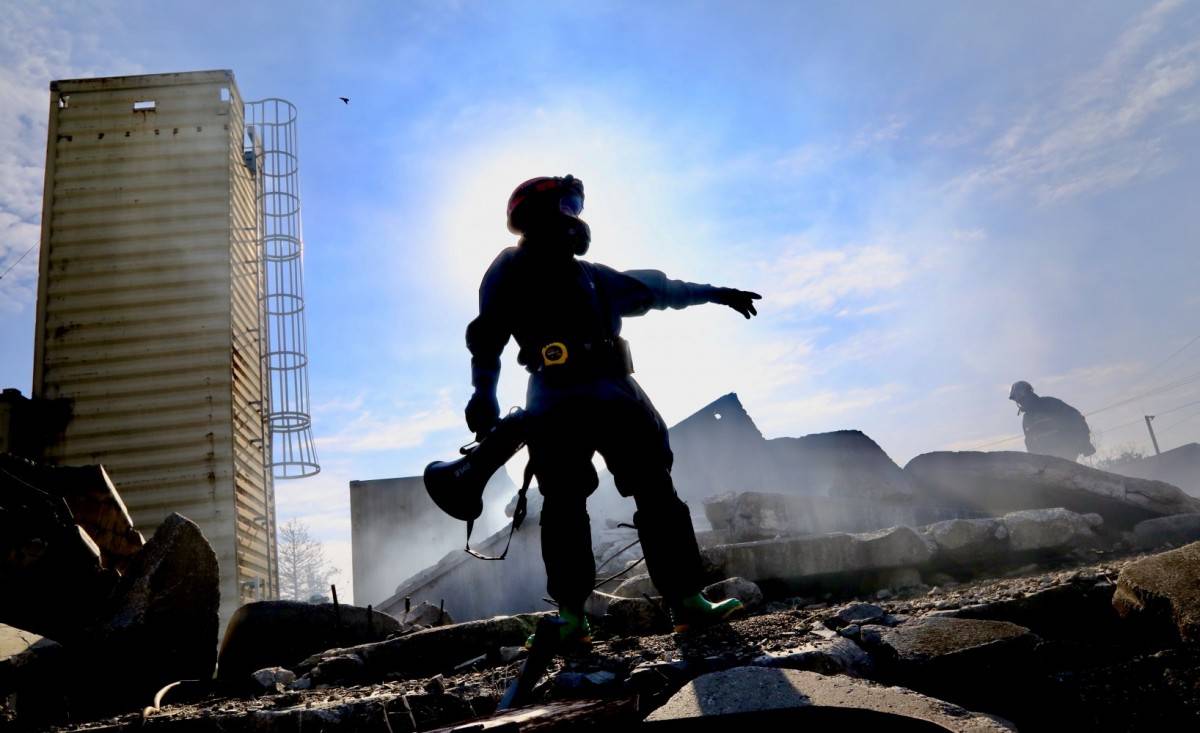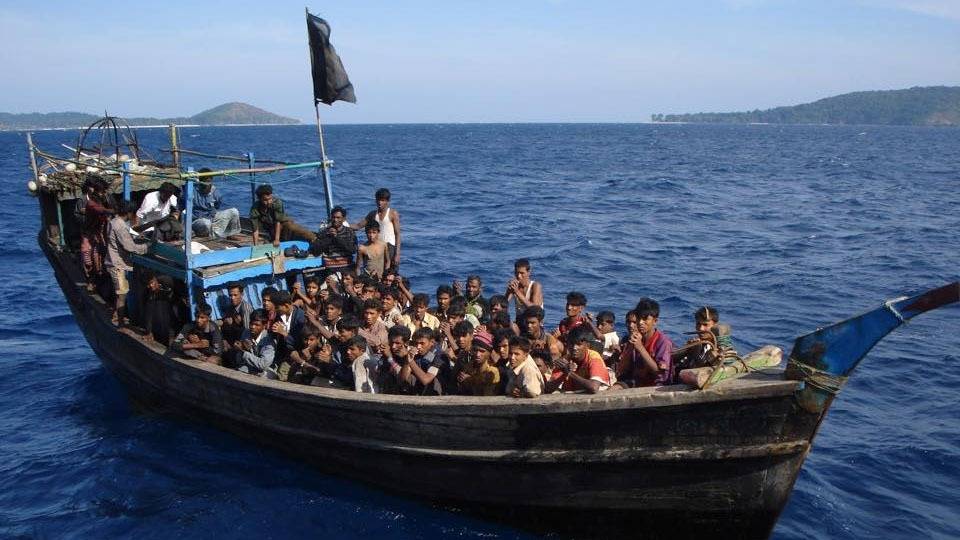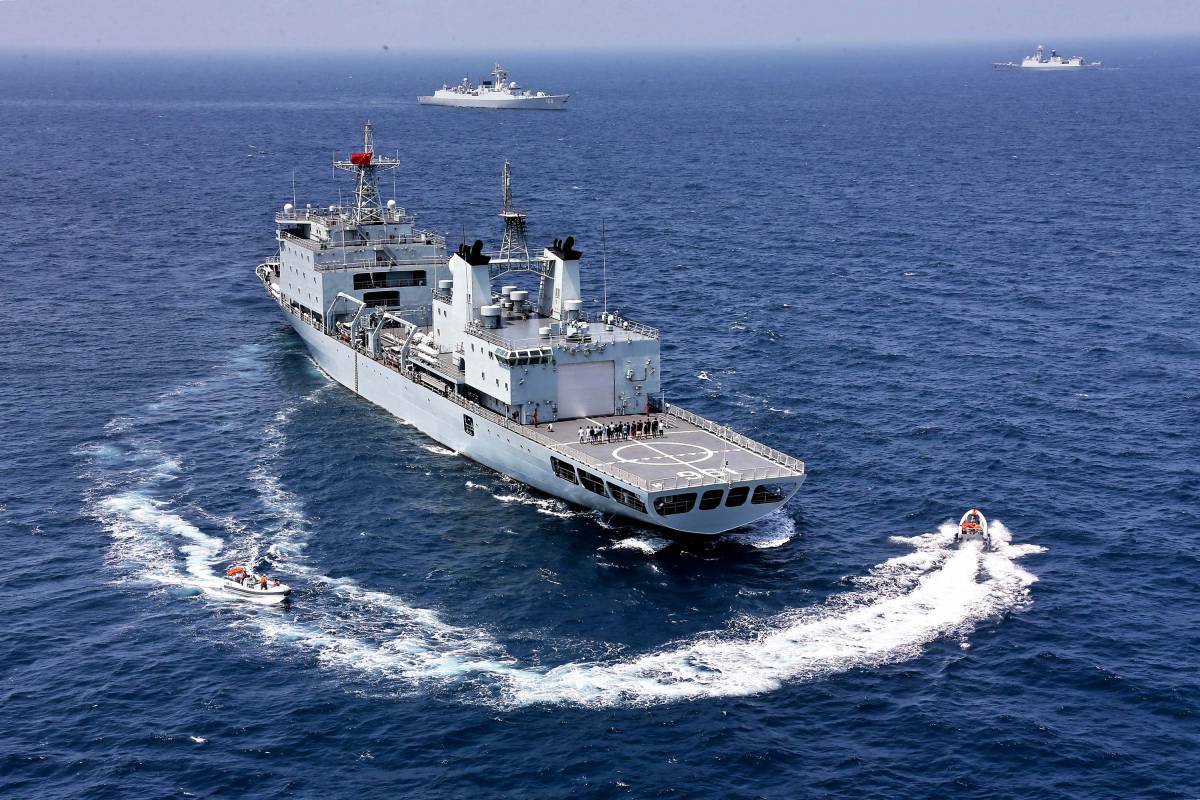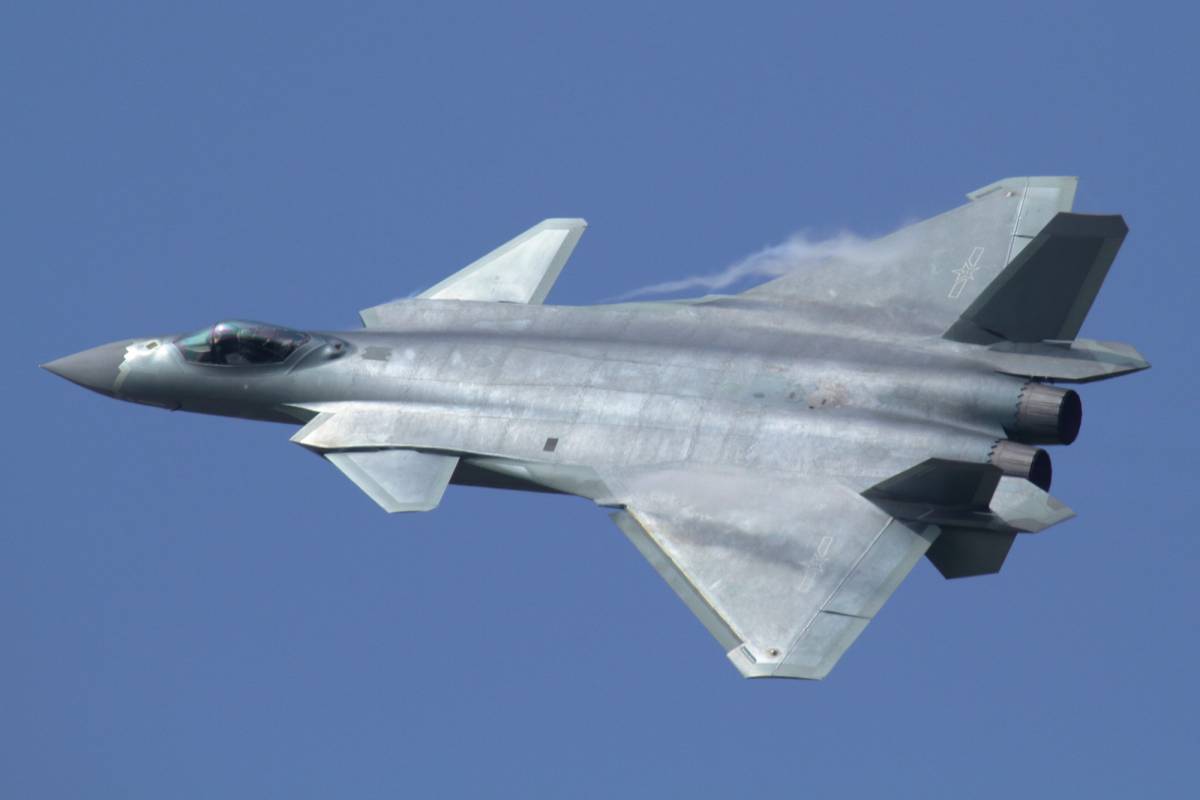Two sides during the meeting on Sunday discussed several issues including expanding cooperation, and maintaining bilateral political ties,According to Ghani’s office…reports Asian Lite News
Afghan President Mohammad Ashraf Ghani met a visiting US inter-ministerial delegation led by Zalmay Khalilzad, Washington’s Special Representative for Afghanistan Reconciliation, in Kabul.
According to Ghani’s Office, the two sides during the meeting on Sunday discussed several issues including expanding cooperation, and maintaining bilateral political, security, defense and economic relations.
Concerning the continuation of $3.3 billion in annual assistance for the Afghan National Defense and Security Forces (ANDSF), the US delegation conveyed the White House message of supporting the ANDSF as well as supporting Afghanistan in the economic areas

Besides Ghani, Khalilzad on Sunday also met the head of High Council for National Reconciliation (HCNR), Abdullah Abdullah, during which they discussing issues related to the Taliban and Afghanistan’s national reconciliation efforts.
Before Khalilzad had embarked on his trip to Kabul, the US State Department said that the “delegation will underscore enduring US support for Afghanistan’s development and a political settlement that will end the war”.
The visit comes over a month after US President Joe Biden announced in April to withdraw all American troops from Afghanistan by September 11.
The announcement was followed by concerns about the political future of Afghanistan, TOLO News reported.
Pentagon officials have said that one-quarter of the withdrawal has been completed.
The US forces have handed some bases to Afghan forces, including the New Kabul Compound, known as NKC, in Kabul.
Violence has however, remained high in Afghanistan, while the peace negotiations in Doha have had no progress following Biden’s announcement.
119 killed in 2 days
Amid a surge in violence following US troops withdrawal from Afghanistan, a security official said that 119 people, including 102 security force members were killed in clashes and security incidents in just two days–June 3 and 4.
Details provided by a security official who wished not to be named indicated that 196 security force members were wounded in just two days, reported Tolo News.
The source said that Taliban casualties are similar to those of Afghan forces in the same time period, but the Defense Ministry reported that 183 Taliban were killed in Afghan defensive operations in eight provinces on June 3 and 181 Taliban were killed in Afghan forces operations in six provinces on June 4.
Analysts said that this shows the gravity of the intensifying conflict. The Defense Ministry reports clashes in at least 10 provinces daily on average.
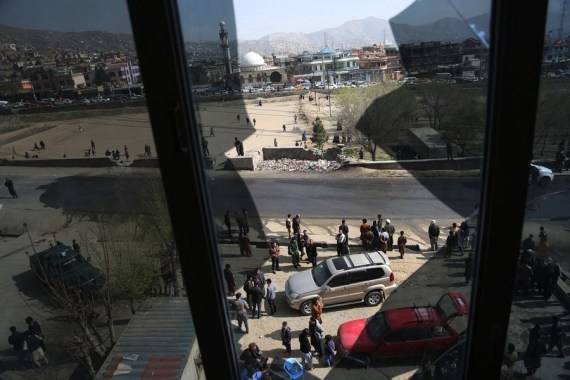
“There are clashes in 24 to 27 provinces every day. Security forces casualties have increased, but it is not as much as the Taliban,” said Khan Agha Rezaee, the head of the internal security commission of the Wolesi Jirga, the lower house of Parliament.
The clashes have intensified on multiple fronts as heavy fighting was reported in Faryab in the last 24 hours in which at least a dozen security force members were killed, a member of the provincial council said.
“The figures provided by Afghan forces on Taliban casualties and by the Taliban on Afghan forces casualties are not accurate,” said Ilyas Wahdat, former Paktika governor.
Meanwhile, the Taliban rejected these figures. Casualties of security forces and Taliban are usually not stated in public with exact figures, and in most cases, they are not confirmed by independent sources, reported Tolo News. (ANI)

